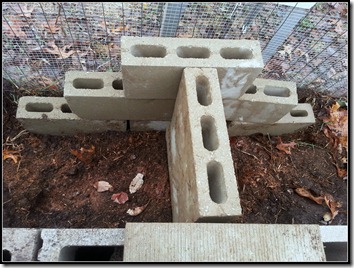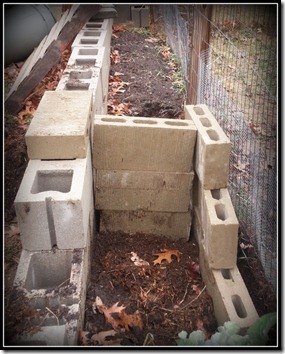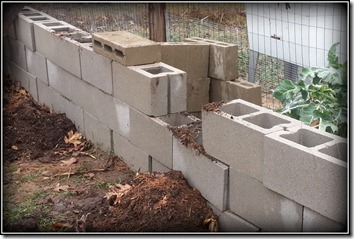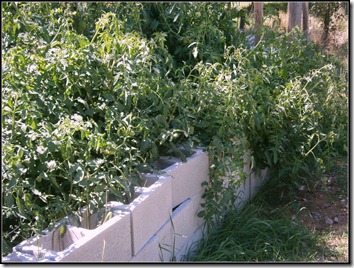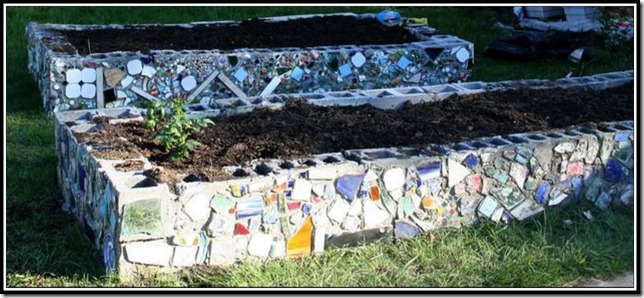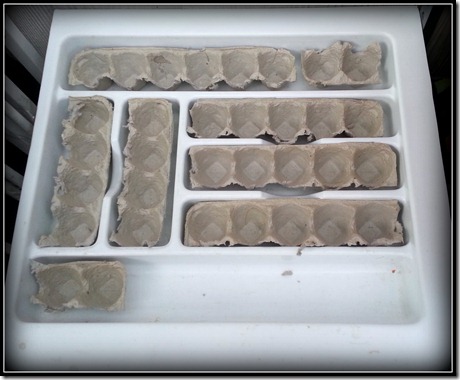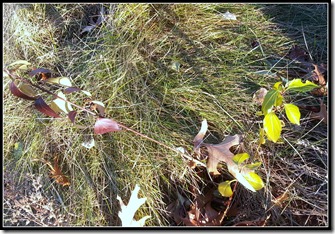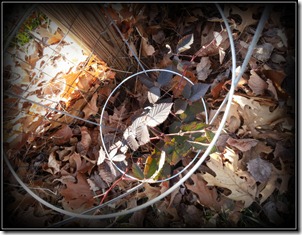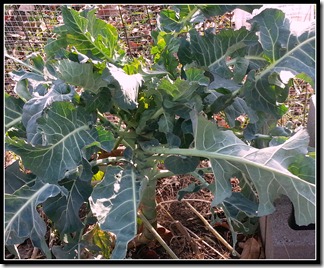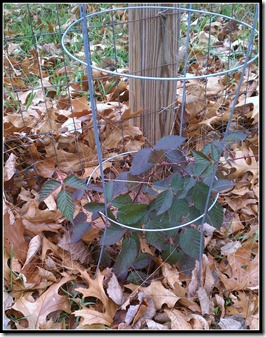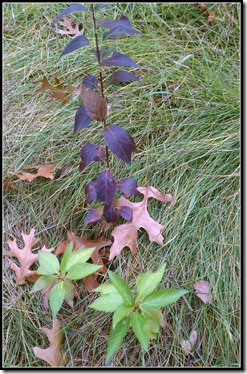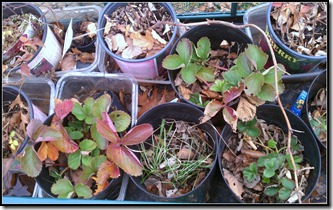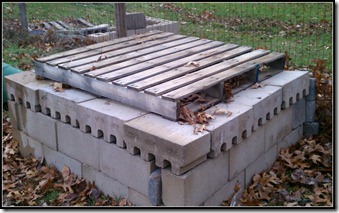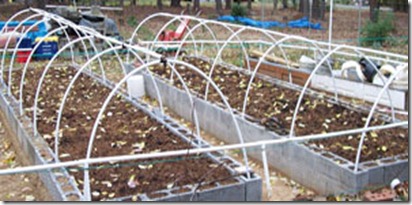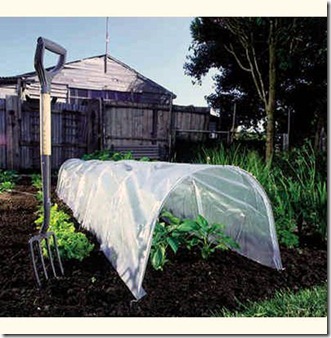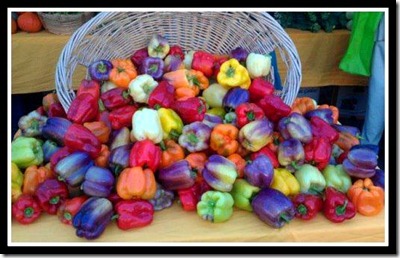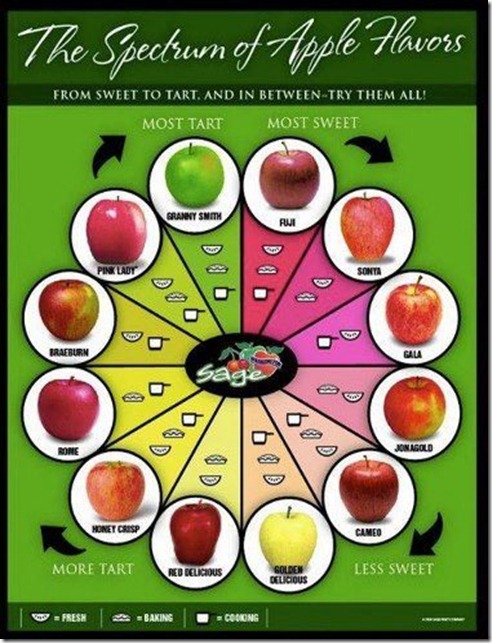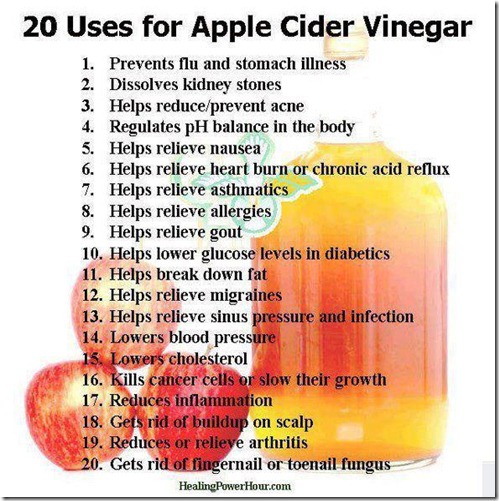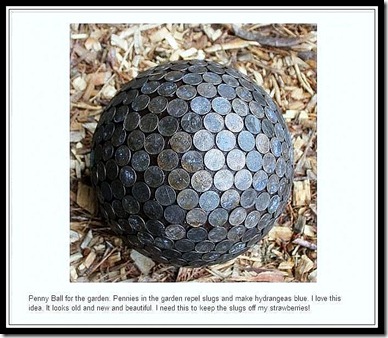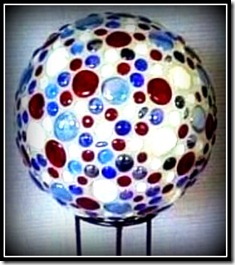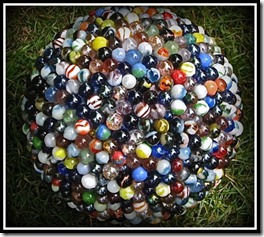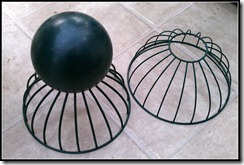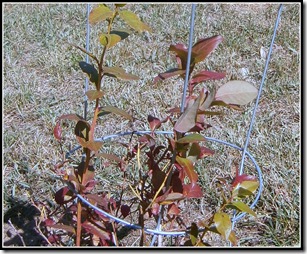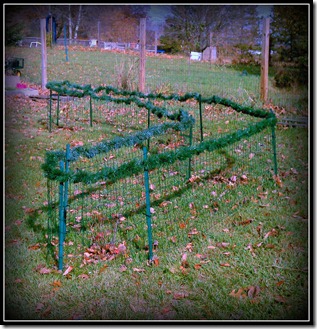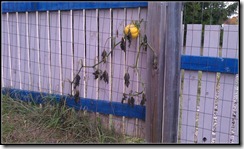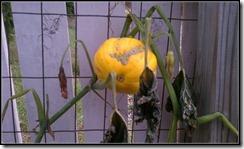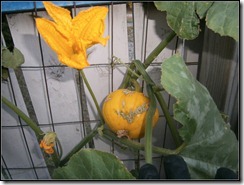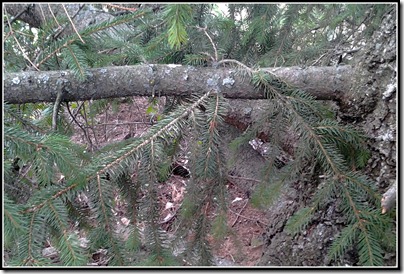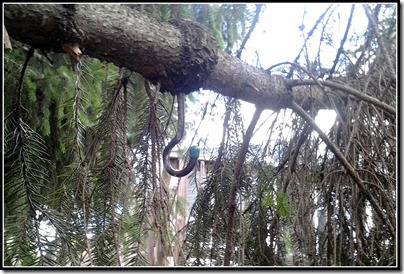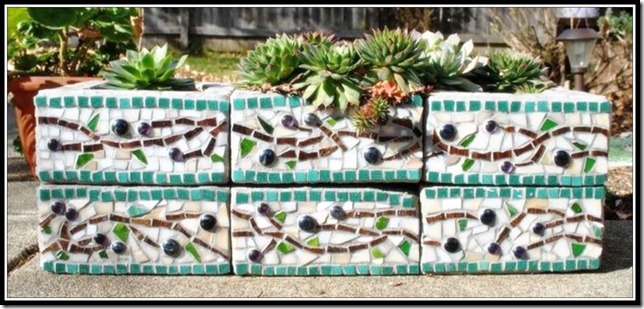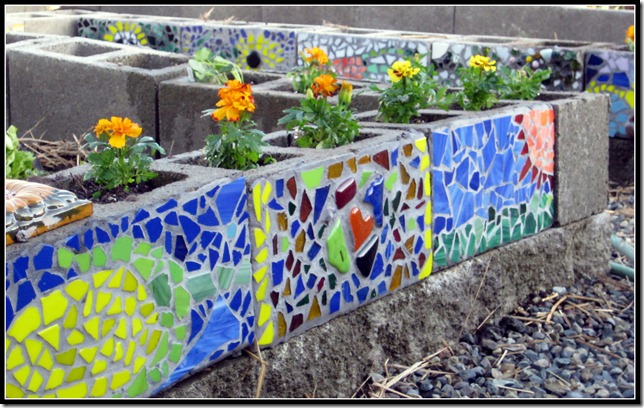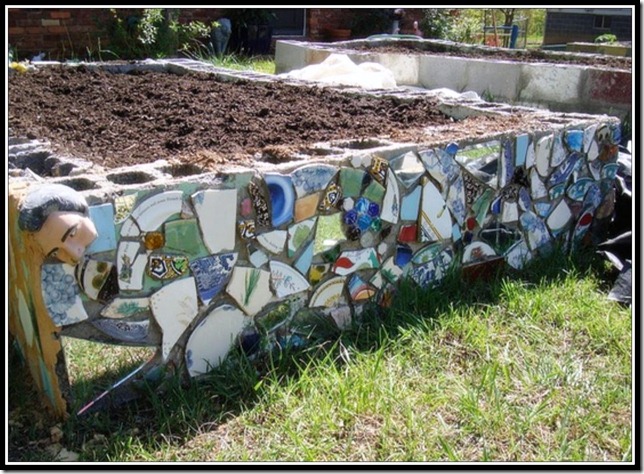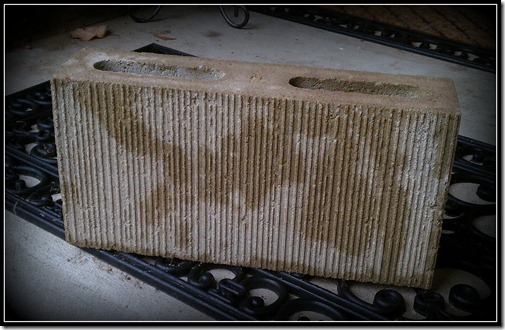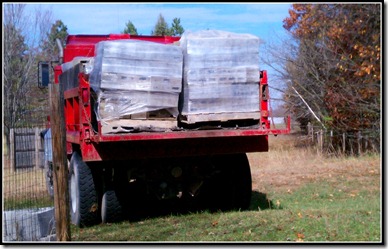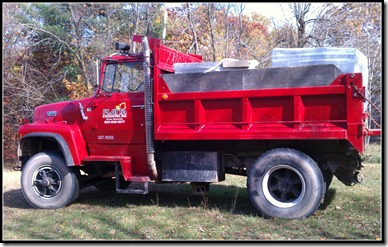
.....just a journal of mostly photos of my gardening adventures... minus the backlog of over 1000 photos not yet uploaded! Also, I find myself collecting some recipes and just good ideas so this is the perfect place to put them. More pictures are on Pinterest at pinterest.com/laurelWisconsin.
Monday, December 31, 2012
Sunday, December 30, 2012
Saturday, December 29, 2012
Wednesday, December 26, 2012
Indoor Seed Starting
Equipment Supplies Order & Unboxing from Greenhouse
Published on Dec 18, 2012 by Brandon Marshall
Here you will see the setup of supplies to start our seeds this year.Serious Gardener and Chef found this company online that seemed to have very reasonable prices. We ordered the following..
* Seed Propagation Heat Mat
* Agrosun Florescent Lamp 48"
* Agrosun 48" Light Tube 2450 Lumens, 40 watt each
* Standard 1020 Trays w/ no holes
* 2" Vented Humidity Dome for 1020 Trays
* 7 " Vented Humidity Dome for 1020 Trays
* Traditional Inserts #2401, 4 open packs per insert (10 pack)
Here is our seed order from Baker Creek Heirloom Seeds....
http://www.youtube.com/watch?v=LIEOdJDcVUY
See the construction of our Raised Vegetable Gardens Bed here...
http://www.youtube.com/watch?v=hRhEpOb0Al0
http://www.thelifeandtimesofthemarshalls.com/2012/12/planning-starting-of-our-spring.html
How to Start Vegetable Seeds Indoors
in Winter for Spring Planting!
Published on Dec 22, 2012 by Brandon Marshall
Serious Gardener and Chef show you how to start your own seeds at home allowing you to grow a greater diversity of vegetables! Start with the right pots, soil, and seeds and then follow Chef Brandon's detailed steps to grow healthy, successful seedlings indoors for the next Spring to transplant in your garden. The setup that we have includes using a Seed Heat Mat, Garden trays, Inserts, & Domes and 48" Grow Light. Once finished we will have 96 vegetables to transplant in our Spring Vegetable Garden!
Sunday, December 16, 2012
It’s December 16th….
……and I’m working outside! I need to put blocks along the back of the raised bed and
I thought maybe dividing it in parts would be a good thing….
In case I forget what it was like I included a picture of it with all the tomatoes last year….
and a picture of how I want it eventually!
Egg Cartons
I’m saving egg cartons and getting these silverware containers at thrift shops for no more than $1.00!
Thursday, November 29, 2012
Winter Squash
Very nutritious -Mostly carbs, with some protein, they are very low in Saturated Fat, Cholesterol and Sodium. They are also a good source of Vitamin E (Alpha Tocopherol), Thiamin, Niacin, Vitamin B6, Folate, Calcium and Magnesium, and a VERY good source of Vitamin A, Vitamin C, Potassium and Manganese. They also contain some Omega 3 and Omega 6 fatty acids.
Stores REALLY well - Winter squashes have a hard rind on them that really helps them keep their shelf quality. Some actually improve in flavor after curing and storing. The Banana types and the Hubbards are huge and can feed quite a crowd from a single squash. Most will tolerate chunks being cut out of them over a few days without any noticeable loss in flavor or taste.
- Table Queen (acorn type) 1 to 2 months
- Butternut 2 to 3 months
- Hubbard types 3 to 6 months
- Banana 3 to 6 months
- Buttercup (turban type) 3 to 6 months
- Sweet Meat 4 to 6 months
Easy to grow - because of how fast they sprout and how quickly the long vines grow. You do need some room for them to roam though.
Easy to harvest – Harvest all types of squash and pumpkin before frost begins. Squash are ready for harvest when the rind is hard enough to resist fingernail scratches. Cut the stem 2 to 4 inches from the fruit. Pumpkins without stems do not store well. Hubbard-type squash stores best with the stems completely removed. Handle fruit carefully to keep them in good condition.
Cure for best storage. Nearly all mature squash, except acorn types, will benefit from a short period of curing. Curing is holding squash and pumpkin at a temperature favorable for healing cuts and scratches and for forming a protective corky layer over injuries and cut surfaces of the stem. Cure squash and pumpkin for 10 days at temperatures of 80 to 85°F.
Storing your bounty – Squash and pumpkin deteriorate rapidly if stored at temperatures below 50°F. The best storage temperature is between 50 and 55°F. Fruit that has been exposed to freezing before harvest also will deteriorate rapidly.
TASTE DELICIOUS?! Roasted, pureed and in soups!
Saturday, November 24, 2012
Still green!
Seeds for 2013…. maybe….
From Botanical Interests
Squash Winter Lakota Organic HEIRLOOM Seeds
Melon Muskmelon/Cantaloupe Minnesota Midget Organic HEIRLOOM Seeds
Eggplant Black Beauty Organic HEIRLOOM Seeds
Kale Red Winter Organic HEIRLOOM Seeds
Lettuce Leaf Red Velvet Organic HEIRLOOM Seeds
Pepper Sweet California Wonder Orange Organic HEIRLOOM Seeds
Pepper Sweet California Wonder Organic HEIRLOOM Seed
Pumpkin Sugar Pie Organic HEIRLOOM Seeds
Squash Summer Black Beauty Zucchini Organic HEIRLOOM Seeds
Squash Winter Vegetable Spaghetti HEIRLOOM Seeds
Tomatillo Toma Verde HEIRLOOM Seeds
Tomato Pole Beefsteak Organic HEIRLOOM Seeds
Watermelon Sugar Baby Organic HEIRLOOM Seeds
Sunday, November 11, 2012
Friday, November 9, 2012
Monday, November 5, 2012
Bowling ball art!
Cool stuff… you can see how far we’ve gotten with this…
We found our bowling ball in the yard and put it on a hanging basket hanging upside down.
So many possibilities, so little time!
Wednesday, October 24, 2012
Blueberries
So I had to protect them from dogs and people walking over them but the tomato cages clearly weren’t bright enough since I almost fell over one while walking through the yard. So… what else… green fencing with leftover green Christmas greenery… remember it going to snow!!!
Thursday, October 18, 2012
Wednesday, October 17, 2012
the pine tree
I found it interesting that there was new growth where other had died off… and then I found the hook embedded in the branch.
Sunday, October 14, 2012
Concrete block art
OMG! 5 cent cement blocks!
Got the weekly email from ReStore on Friday… Concrete blocks – 5 cents! I’m there… NO they won’t sell them to me Friday night. Saturday morning… thunderstorm and pouring rain. Didn’t matter – off I go. Just what I wanted – 4 x 8 x 16 – brand new and with a design on the one side. Yep.. I’ll take them all. Guy counts them and brings it to the register. I get in line to check out. $30 some – not so bad. Bring one home with me. Figure out how many there are…. OMG – 675!!
OK… to justify it.. one raised bed 20 feet long like I have – 2 blocks wide – 3 blocks high – uses 108 blocks… Actually I think it won’t take me long to use them. 4 blueberry bushes need protection from the dogs and me walking on them… another 40. Front yard wall I’ve been thinking about since I liked the fence so much that I put up for Olivia (it keeps the other dogs in if I want to sit out front and I don’t have to worry about them chasing rabbits – oh and was really cool when the puppies came to visit and we could sit out front and let them loose.) hhmmm…. 150 blocks first layer times 3 high is 450 blocks for a raised bed so I can plant something … ok.. I’m almost out of blocks.
NOW… to get them here…. just a small detail!
update: Guy with a truck – a very large truck….
…Now to get them unloaded…. clearly I didn’t think this totally through…
Saturday, October 13, 2012
Homemade Stevia Syrup
Posted by Jaime W. in Chemical-Free Living, Living on pennies, Recipes
August 30, 2012
So, I had this brilliant idea while walking around a plant nursery early this spring. On a shelf near the herb section, I saw a little stevia plant. Stevia! I can grow my own stevia! It’s natural! It’s fairly easy to grow! It’s not horribly fatsy like sugar! I’ll never have to buy sweetener again!
Here’s my (somewhat overgrown) stevia plant, next to my cute little basil plant.
Proud of my genius, I made the investment—I bought the plant. I’d love it. I’d nurture it. I’d have it forever, and I’d never ever ever have to buy stevia in any form again. It was going to be awesome.
It wasn’t until a few weeks later, when the plant started to grow so large that it was flopping over the edges of the pot, that I suddenly realized—wait, what do I do with this, exactly? I asked around a bit, and got the same exact enthusiastic answer from five different trusted gardeners. “Throw a few leaves in with your iced tea!” Okay, yes, that’s great—but seriously, how much iced tea can a person drink? Besides, that eliminated my need for sugar in exactly one recipe—not even a recipe I made very often!
I finally decided to trim and dry a few of the leaves. I’d done it a few years before with my excess fresh basil, and it was simple enough. I’d just use what I could fresh, and dry the rest! Problem solved, right? Except what in the world do I do with dried stevia leaves? More tea??? No. I need something more flexible. I need something that I can add to recipes without it looking like I’ve poured Italian seasoning in my dessert. I had to find a way to make my stevia more versatile.
Get ready for this: Stevia Syrup! Perfect for adding to tea, coffee, lemonade, smoothies, fruit crisps and cobblers, pie fillings, homemade yogurts and kefirs, your morning oatmeal—if it won’t miss the added bulk of sugar (some recipes do need that 1 cup of sugar, because it fills out the recipe), stevia syrup will work. There are even recipes for baked goods that use only stevia (or mostly stevia) as the sweetener. It’s up to 200 times sweeter than sugar, so you only need a tiny bit—it won’t add too much liquid to your recipes.
I let my coarsely chopped stems and leaves soak (covered) for about 36 hours.
Here’s the recipe:
3 c. of distilled (purified) water
3 c. of chopped stevia leaves and stems (loosely packed)
Place the chopped leaves in a glass container and add 1 c. of the water. Cover tightly and let sit for 24 hours. Test for sweetness. If it isn’t sweet enough, give it another 12 to 24 hours. Strain it into a pan (ceramic is best),and bring to a simmer. Let simmer for 20 minutes; cool.
The longer it reduces, the more potent the sweetness.
Don’t get greedy with the sweetness. I was tempted to do it, too. “If letting it sit longer makes it sweeter, I’ll let it sit all week!” Not a good idea, evidently. Ever had something sweetened with stevia that had a funky, bitter aftertaste? It’s because someone got greedy. Don’t let it sit any longer than 48 hours—and less is more!
It’s a very earthy green color–but that just means more nutrients! Don’t worry, it won’t dye your food.
This needs to be refrigerated, and it will last at least a few weeks in the fridge. To keep the batches coming even when your lil’ stevia guy goes into slow winter growth mode, dry leaves when you have an abundance, and use the dried leaves to make fresh batches of syrup. The strength probably won’t be identical, so check it a few times during steeping.
I put about a spoonful in my plain yogurt (see the green?), and it was just the right amount of sweetness.
Stevia powder is another option—and it’s a bit simpler, too. Just dry the leaves and then grind them with a mortar and pestle, or a coffee grinder if you have one. The powder will work just like the syrup does—provided you don’t mind the green color and the texture of the powder in your food and drink (which I do, hence the syrup).
I hope you try it, and here’s to healthier eating habits!



